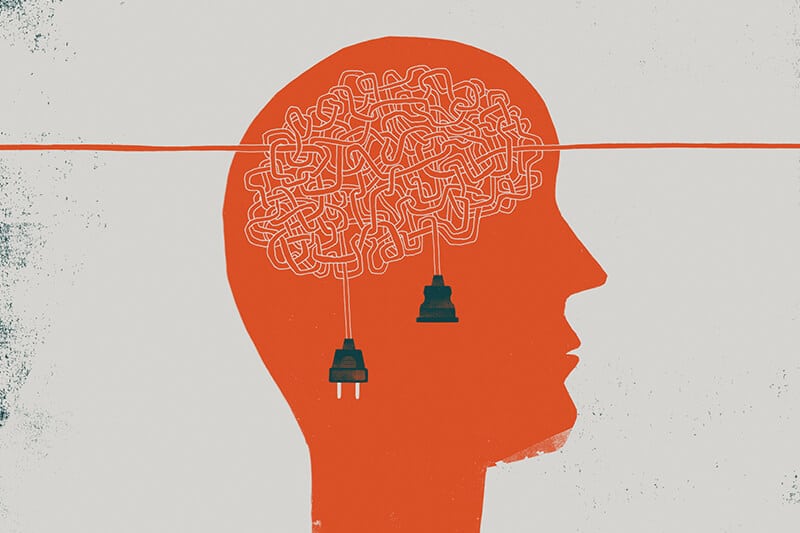Culture change is the key to protecting your organization’s mental health
Eight ways leaders can create a positive mental health culture.



Eight ways leaders can create a positive mental health culture.
Recent research shows that, as their attention is drawn by other business challenges, many organizations are beginning to lose focus on mental wellness. Larry Pearlman, Managing Director – Americas, believes this is a mistake that can have repercussions for both your people and your business.
We’re only two years into the 2020s, and already this is a decade like no other. The COVID pandemic and the subsequent economic shockwaves, have impacted our personal and professional lives in ways few could ever have predicted. The uncertainty, anxiety, and isolation many people felt, and are still feeling, has taken its toll on both our physical and our mental well-being. The results of a global survey conducted by Headspace Health between February and March, 2022, show that nobody is exempt. 83% of CEOs and 70% of employees reported missing at least one day of work due to stress, burnout, and mental health challenges.
According to the report, the top global stressors for employees are COVID-19, burnout due to increased workload or lack of staff, poor work-life balance, and poor management and leadership. As leaders, we should be mindful of these stressors and understand how they affect us, our people, and our business. We need to use this awareness to actively create a workplace culture where people at all levels are comfortable with expressing their concerns and seeking support.
71% of workers say their company increased focus on mental health following COVID-19, but only 25% say they have kept that focus in the last year – Headspace Health
With other priorities, it’s perhaps understandable that leaders’ focus on mental well-being might have slipped. However, at a time when attracting and retaining talent is a challenge for many industries, this may prove costly. Today’s job seekers are often values driven. They expect accessible mental healthcare and a culture where seeking help is seen as a positive, affirmative action with any stigma removed.
More than 80% of employees believe that it is the employer’s responsibility to help with mental health, and 82% want their leaders to ask them how they are doing and actually care about the answer – Headspace Health
Creating a positive mental health culture need not be costly to the business. Here are a few simple steps to set you on the right path:
Many organizations are aware of the broader impact a disengaged workforce can have on their business, including higher safety incidents, low productivity and ultimately lower profitability and share price:
To safeguard the well-being your business and every person who works in it, all roads lead to culture. If you’d like to tap into JMJ’s 35-years of cultural change consulting expertise, let’s talk! Contact us.